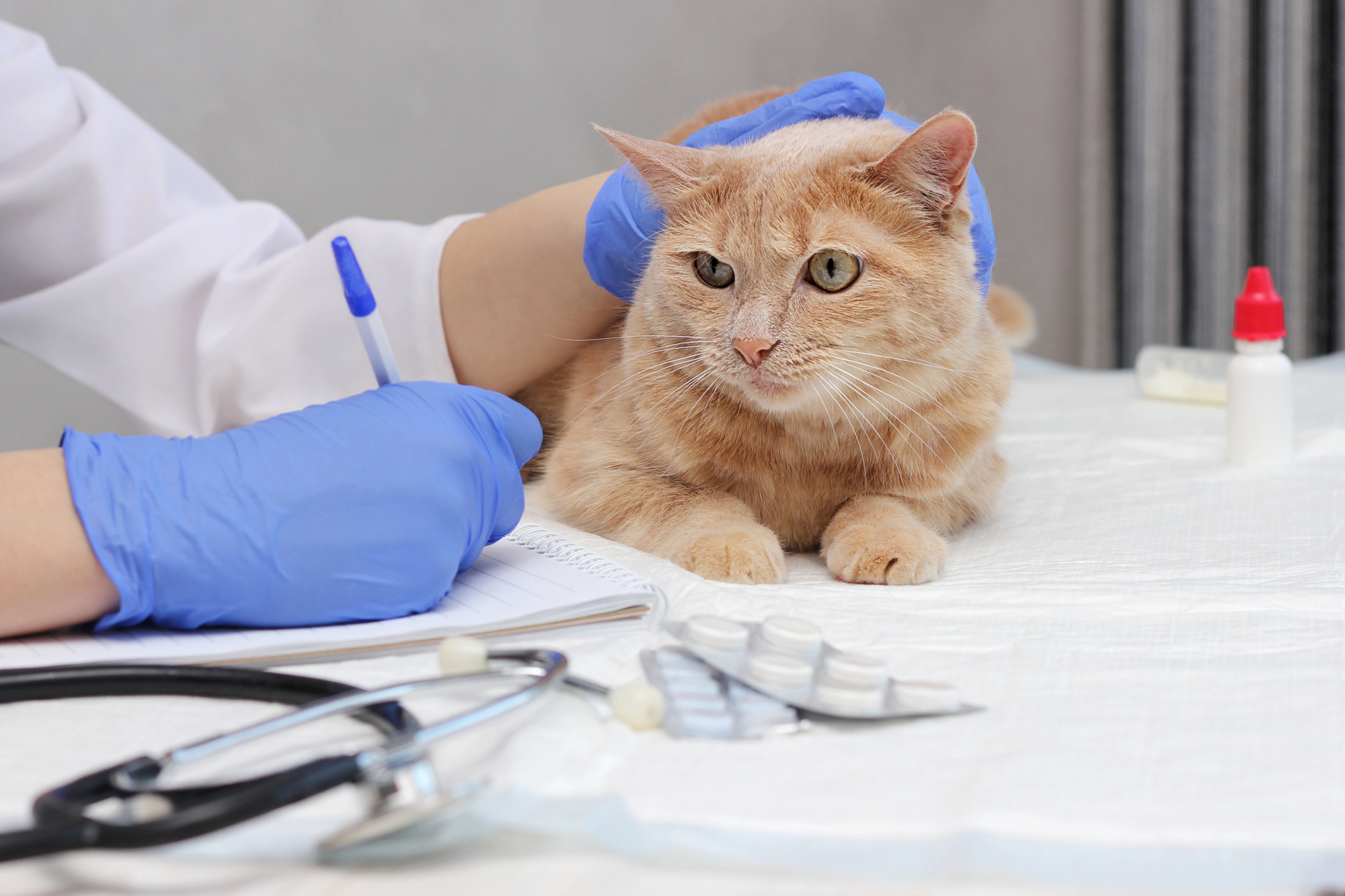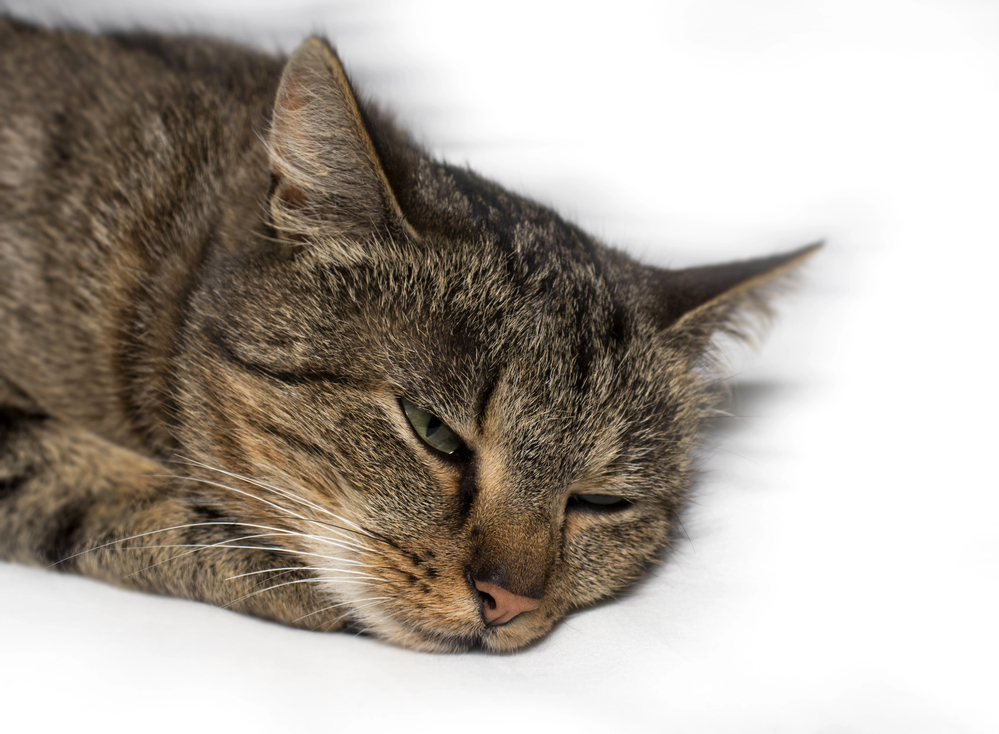
Feline Infectious Peritonitis (FIP) is a serious and often fatal disease in cats caused by a
mutation of the feline coronavirus (FCoV). It has long been one of the most feared feline
diseases due to its mysterious nature, high fatality rate, and difficulty in diagnosis. However,
recent advancements in treatment have brought new hope for affected cats.
What Is FIP?
FIP is an immune-mediated disease that typically develops in cats that are infected with the
feline coronavirus. Although most cats infected with FCoV do not develop FIP, in some cases, the
virus mutates within the body and causes severe inflammation in the cat’s organs, including the
liver, kidneys, lungs, and eyes.
FIP is classified into two forms:
- Wet (Effusive) FIP: This form is characterized by the accumulation of fluid in the
abdomen or chest, causing severe discomfort and difficulty breathing. - Dry (Noneffusive) FIP: This form is marked by granulomas or masses of inflamed tissue
that develop in various organs, such as the liver, kidneys, and nervous system, leading to
neurological or ocular symptoms.
What Causes FIP?
FIP is caused by a mutation of the feline coronavirus, a virus that is common among cats. While
the majority of cats infected with FCoV will not develop FIP, certain conditions increase the
likelihood of the virus mutating. These factors may include:
• Genetic predisposition: Some cats, such as those from certain breeds like Persians,
Bengals, and Ragdolls, are believed to be more susceptible.
• Immune system dysfunction: A cat with a weakened or abnormal immune system may
be at greater risk.
• Stress: Stressful environments, such as multi-cat households or overcrowding, can
increase the likelihood of FIP development.
• Age: FIP is more commonly seen in young cats (under 2 years) and older cats (over 10
years).
Symptoms of FIP
The symptoms of FIP can vary depending on the form of the disease and the organs affected.
Some common symptoms include:
For Wet FIP (Effusive):
• Abdominal distension due to fluid accumulation
• Difficulty breathing (dyspnea) due to fluid in the chest
• Fever that doesn’t respond to antibiotics
• Loss of appetite and weight loss
• Lethargy and weakness
For Dry FIP (Noneffusive):
• Neurological signs such as ataxia (loss of coordination), seizures, or behavioral changes
• Ocular signs such as inflammation inside the eye (uveitis) and vision problems
• Weight loss and a decrease in appetite
• Jaundice (yellowing of the skin and eyes)
• Lymph node enlargement
Diagnosis of FIP
Diagnosing FIP is challenging because the disease shares symptoms with many other feline
illnesses. A definitive diagnosis typically requires a combination of methods:
• Blood tests: Elevated levels of protein, particularly in the form of globulins, may be seen
in cats with FIP.
• Fluid analysis: In wet FIP, fluid extracted from the abdomen or chest is often yellow,
viscous, and high in protein content.
• Imaging: X-rays or ultrasound can help identify fluid accumulation or organ changes.
• PCR testing: A polymerase chain reaction (PCR) test can be used to detect the presence
of feline coronavirus in the body, though it doesn’t always confirm FIP since many cats
carry the virus without developing the disease.

Treatment Options for FIP
Until recently, FIP was considered a fatal disease with no known effective treatments. However,
new antiviral drugs, most notably GS-441524, a remdesivir analogue, have shown promising
results in treating FIP. The drug has been used experimentally in many countries with success,
leading to a breakthrough in FIP management.
Treatment Approach:
• Antiviral medications: GS-441524 has been shown to significantly improve survival rates
in cats diagnosed with FIP, often leading to full recovery when treatment is started early.
• Supportive care: Fluid therapy, pain management, and nutritional support may help
manage the symptoms and improve the cat’s overall well-being during treatment.
• Surgical options: In some rare cases, surgery may be considered to remove granulomas
or other masses, particularly in dry FIP cases.
Prognosis
The prognosis for FIP depends on several factors, including the form of the disease, the organs
affected, and the timing of treatment. In the past, FIP was almost universally fatal, but with the
advent of antiviral medications, many cats now have a chance at recovery. Early diagnosis and
treatment are crucial for the best outcome.
• Wet FIP: The prognosis is generally poor without treatment, but antiviral drugs offer
hope for recovery in many cases.
• Dry FIP: With treatment, cats with dry FIP often have a better chance of recovery, but it
depends on the severity and extent of organ involvement.
Prevention of FIP
While there is no guaranteed way to prevent FIP, some strategies may reduce the risk of a cat
developing the disease:
• Vaccination: There is an FIP vaccine available, but its efficacy is controversial, and it is
not widely recommended by veterinarians.
• Reducing stress: Providing a low-stress environment, especially for multi-cat households,
can help lower the risk.
• Good hygiene and management: Regular cleaning, proper sanitation, and minimizing
overcrowding can help reduce the spread of feline coronavirus in a household.
